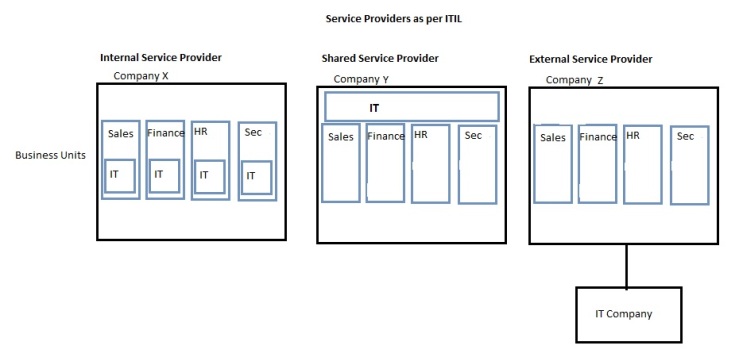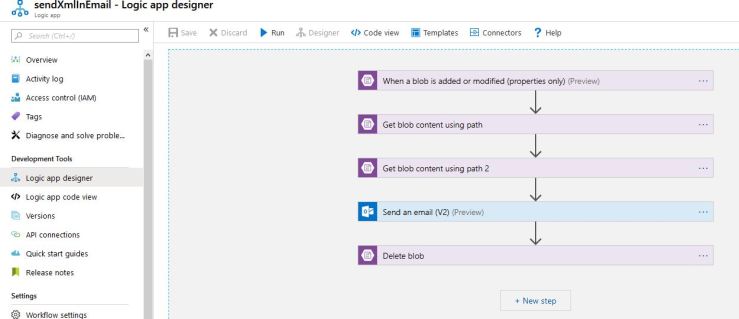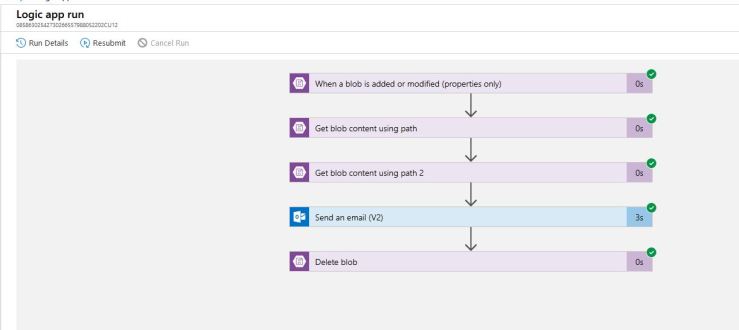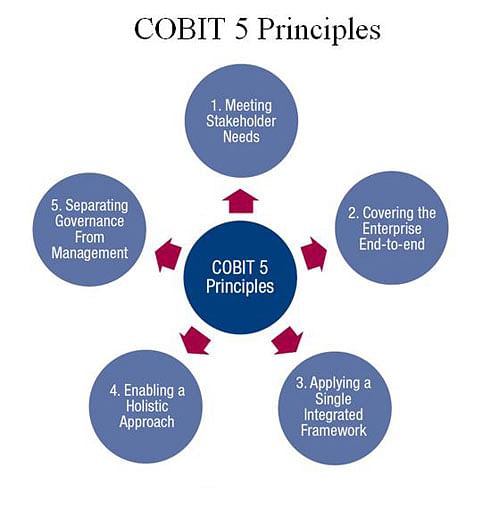I watched this video to get the fundamentals of ITIL in an attempt to get the information necessary to complete the assignment. The following is a summary of what I learnt.
What is ITIL
A set of guidelines for IT service management, best practice processes for delivering IT services to customers, both internal (in the company) and external.
Its not a standard,just best practice guidelines.
Why is it popular?
- Vendor Neutral
- Non-prescriptive
- Best practice based on experience
Why is it successful?
- Delivers value to customer
- Integrates service strategy with business strategy and the customers needs
- Measures, monitors an optimizes IT services, to improve performance and reduce costs
- Manages the IT budget efficiently
- Enables standard approach across the business
- Supports the achievement of success
- Improves interaction with customer
- Optimize and reduce costs
Structure
ITIL has 5 modules in its life-cycle:
- Service Strategy
- Service Design
- Service Transition
- Service Operation
- Continual Service Improvement

What is a service?
ITIL defines service as a means of delivering value to a customer.
This is accomplished with a specific set of processes which deliver the service, that is how the service is provided.
ITIL also defines Service providers, they help us provide the service and are divided into 3 groups.

Service Strategy
Objectives:
- identify the services of the business
- Define service quality
- create and document value for customers
- Differentiate value from competition
- Financial Management
- Allocation of services
Purpose: to become and remain valuable to customers.
Consider the following:
- Perspective: the vision of the business
- Position: how you want to compete
- Planning how to get to desired position
- Patterns: actions to meet objectives
Sets the goals, policies, guidelines, processes and measurement of performance.
Includes:
- Demand management
- Service Portfolio management
- Financial management
- Business Relationship management
Service Design
- design new/modified/improved services
- The plan for the service
- Efficient and effective processes
- Based on Redundancy, Scalability and continuity
- Identify and manage risks
- Contribute to overall improvement of the IT service
Results in improved governance, performance, quality and reduces cost and time to deployment.
Includes:
- Service Catalogue management
- Service Level management
- Supplier management
- Availability management
- IT Security management
- Capacity management
- IT Continuity management
Service Transition
- Planning to establish the new or changed service in production – this fits the first criterion of the assessment “Identify and describe how the framework provides for the implementation of the emerging technology
- Ensure minimum impact on existing business – this fits with second part of the assessment “Determine how each framework can be used to identify infrastructure affected by the emerging technology”
- Effective us of tech and apps to deliver the service
- Service transition practices
The purpose is to build, test and deploy a service into production.
Includes 5 processes:
- Transition planning and support (costs, quality and time scale)
- Change management
- Service asset and configuration manager
- Release and deployment management
- Knowledge management
Service Operation
- Maintain the stability of a service
- Minimize the impact of a service outage
- Effective and efficient delivery and support of a service
The purpose is to control and carry out the activities and processes to deliver the service at the agreed levels.
Incident, problem, event, service request and access management.
Continual Service Improvement
- Identify and implement improvements
- Continuously look to improve service effectiveness and cost effectiveness
- This section will assist with the third criterion of the assessment “In each framework– describe how the framework facilitates the review of emerging technology?” start time 2:49 in the video
- It leads to gradual quality improvement
- Uses monitoring and reporting to identify ares of improvement
- Improvements can be in organizational structures, resourcing, partners, technology, staff skill and communication
Uses Critical Success Factor and Key Performance Index to audit the service which allows for areas of improvement to be found.
Baselines are used to establish an initial data point.
3 Types of metrics:
- Technology metrics – the components and the app
- Process metrics – KPIs and activity metrics determine the health of a process
- Service Metrics – the overall result of the service
Summary
A very business focused framework on how to manage IT services in a business. Not specific to Network Infrastructure which is the core syllabus of the course. I think this would be better taught in a SYD course.
















